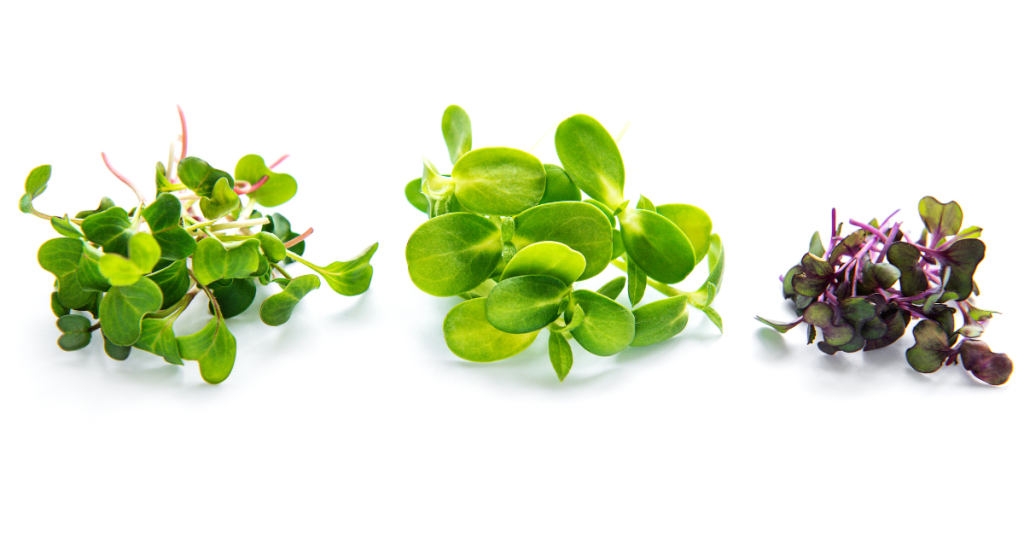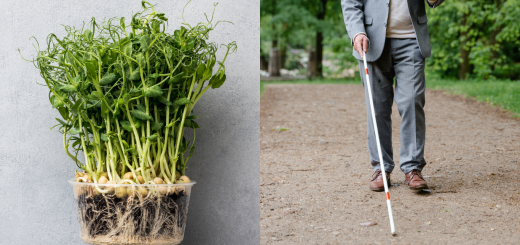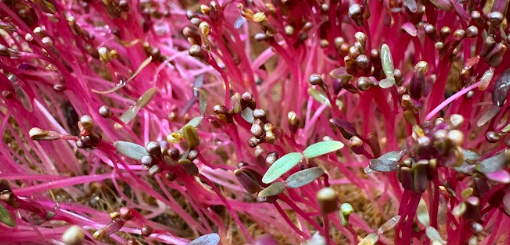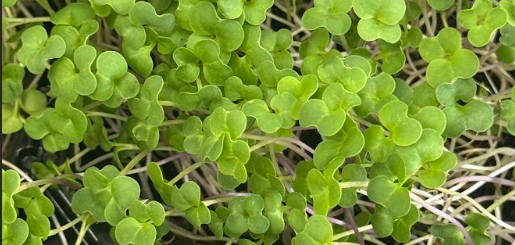Young edible plants – do you know all of them?
From our previous article Beat Obesity and Unlock the Secret Power of Microgreens you gain knowledge about how to improve your weight problem with microgreens.Today let’s start an article with a new topic. Of course our main highlights are microgreens. But do you know the difference between sprouts, microgreens and young edible plants? They are not that obvious, as you might think! Moreover in the last part of the article we will share with you some engaging facts about microgreens. These tiny greens have a lot to discover!

What does science say about young edible plants?
Microgreens – In the academic article Microgreens Production: Exploiting Environmental and Cultural Factors for Enhanced Agronomical Benefits “Microgreens are defined as small plants with two fully developed cotyledons, a pair of small true leaves, and a central stem.Microgreens are an emerging crop and are tender seedlings harvested at the emergence of the first true leaves”1.
Sprouts – According to researchers, sprouts are “consist of shoots and roots obtained from germinating seeds that grow for 2-7 days and are harvested when the cotyledons are still immature and the first true leaves have not yet appeared”2
Baby greens – in LED light effect on growth, pigments, and antioxidants of lettuce (Lactuca sativa L.) baby greens article scientist describes baby greens as „Young and tender edible leafy vegetables and herbs known as baby greens are harvested shortly after the true leaves emerge and before the eighth true leaf stage, typically within 20 to 40 days after germination. They are nutrient-dense, providing a high concentration of vitamins, minerals, and antioxidants”3.
Comparing microgreens, baby greens and sprouts
The biggest difference between microgreens, baby greens and sprouts is in the size of the plant and time of growth. Baby greens are a later stage of microgreens. Microgreens are older than spreads but younger than baby greens. Therefore microgreens and spreads are consumed at an immature stage. Sprouts are just germinated seeds, which grow mainly in water and darkness. Microgreens need light and a substrate, which limits the risk of bacterial contamination.
Comparison table:
| Type | Growth time | Harvest Stage | Medium |
| Microgreens | 7-21 days | First true leaves | Soil/light |
| Sprouts | 2-7 days | Before true leaves | Water/dark |
| Baby greens | 20-40 days | Up to 8 true leaves | Soil/ light |
Let’s dive into some facts about microgreens, but we won’t tell you all now.
Do you know that…?
- Microgreens were first used in the late 1980s by chefs in high-end restaurants in San Francisco, USA.
- They grow really fast, what makes them perfect for indoor growing
- Microgreens are fresh, healthy, tasty, rich in nutrients and have high quality4
- They are new generation of superfoods or functional food5
- There are some vegetables that cannot be consumed as microgreens, because they have toxic components found inside the nests and/or leaves
- The best moment for eating microgreens is right after cutting them, then they have the biggest nutritional value
- Micro-plants are more nutrient dense than their mature counterparts.
Now your turn! Surprise your friends with facts that even many foodies don’t know. Join our green revolution— and let the tiny leaves make a big change!”
- Shiva Dubey,Niamh Harbourne, Mary Harty,Daniel Hurley and Caroline Elliott-Kingston, Microgreens Production: Exploiting Environmental and Cultural Factors for Enhanced Agronomical Benefits, introduction (20 September 2024). ↩︎
- Thanh Ninh Le, Chiu-Hsia Chiu and Pao-Chuan Hsieh, Bioactive Compounds and Bioactivities
of Brassica oleracea L. var. Italica Sprouts and Microgreens: An Updated Overview from a Nutraceutical Perspective, 2 page (27 July 2020). ↩︎ - Mousumi Jahan Sumi, Noushin Jahan, Syed Sakib Thamid, Md. Emon Ibne Tarik, Sahar Hassannejad, Mehdi Rahimi, Shahin Imran, LED light effect on growth, pigments, and antioxidants of lettuce (Lactuca sativa L.) baby greens, Article number: 582 (2025) ↩︎
- Dubey, Harbourne, Harty, Hurley and Elliott-Kingston, Microgreens Production: Exploiting Environmental and Cultural Factors for Enhanced Agronomical Benefits, introduction. ↩︎
- functional food – have a beneficial effect on health and may reduce the risk of disease. ↩︎
Karolina







